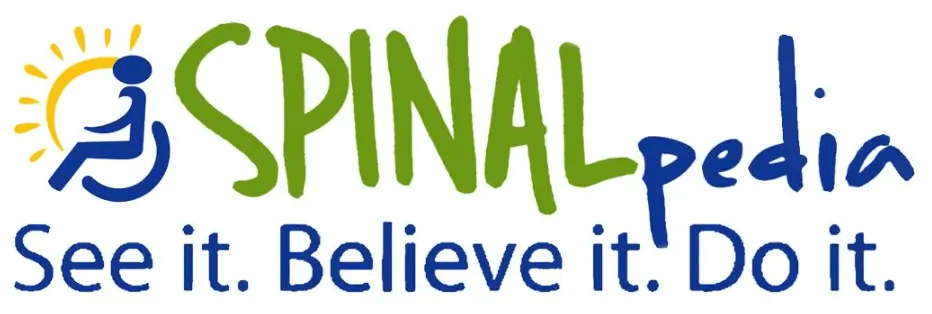Scientists are researching diligently everyday to find a viable treatment for spinal cord injuries. Many people credit Christopher Reeve for kick-starting the spinal cord injury research movement. Many doctors before the 1990s did not believe a treatment could ever be found. A real human treatment is still several years away, but it is on the horizon.
Today, there are thousands of researchers on the hunt around the globe who believe finding a treatment is possible, and these eager scientists know it’s only a matter of time, not a question of if a cure is found. Here are the three treatments holding the most promise for helping cure spinal cord injuries.
Stem Cells
After being discovered by researchers at the University of Madison-Wisconsin in 1996, the world hoped they had discovered something that had the potential to treat nerve damage to the spinal cord. In the last 10 years, stem cell research in this area has grown exponentially. Prominent researchers now believe that stem cell trials to treat spinal cord injuries will begin in humans in the US in 2-3 years (2023-2024) (https://www.neurologylive.com/view/spinal-cord-injury-stem-cell-therapy-human-phase-testing-aan).
Epidural Stimulation
Epidural stimulation, discovered at the University of Louisville in 2009 (How a revolutionary technique got people with spinal-cord injuries back on their feet (nature.com), applies electrical stimulation to the injured spinal cord and has been able to produce a return to mobility in most people who have received the stimulator. A return in sensation however is not possible (as of yet) with this treatment. The Mayo Clinic (Spinal Cord Injury Epidural Stimulation – Mayo Clinic) and the UC San Diego (Spinal Cord Stimulation at UC San Diego Health (ucsd.edu) are two prominent research facilities in the US taking part in epidural stimulation research. Many human trials are underway.
Gene Therapy
Many scientists across the world are studying the hundreds of genes in the human body in an effort to find ways to both suppress the body’s response after a spinal cord injury (scar tissue formation, which typically impedes neuron growth) and how to manipulate genes into growing new neurons. Dr. Hedong Li (https://www.augusta.edu/mcg/dnrm/faculty/hedonglilabwebsite.php) at Augusta University is currently working on this research (https://www.augustachronicle.com/story/news/2021/05/04/au-researcher-looks-turn-cells-into-neurons-spinal-cord-repair/4921089001/).
While no human trials have been done yet with gene therapy in regards to spinal cord injuries, many researchers believe that gene therapy will likely play a big role in the future treatment of spinal cord injuries. Learn more about gene therapy and spinal cord injury here
Learn More
If you want to learn about the very latest in spinal cord injury research, we recommend checking out two organizations – The Christopher and Dana Reeve Foundation (Research – Reeve Foundation (christopherreeve.org) and the endParalysis Foundation (Accelerate research towards spinal cord injury cure (endparalysis.org). Both are run by passionate people who believe in a cure for paralysis and advocate for it adamantly.









